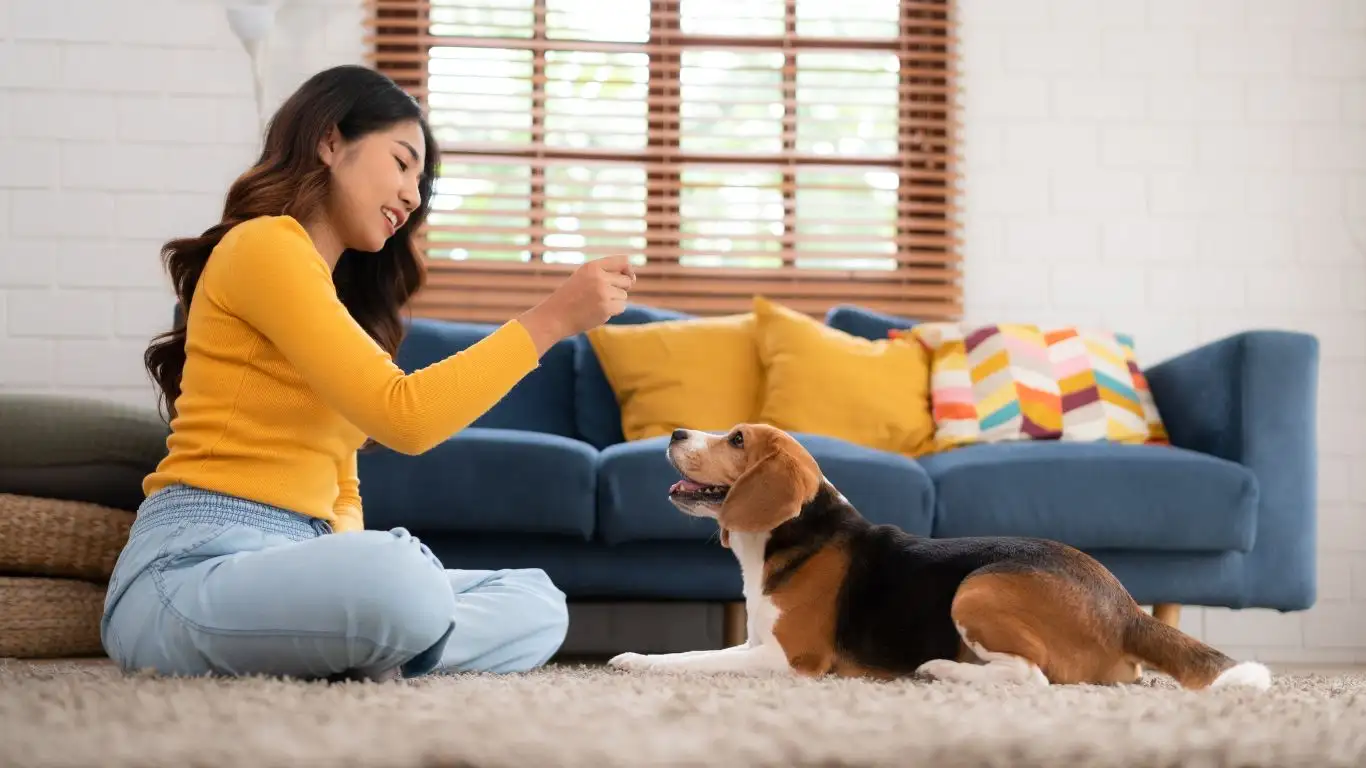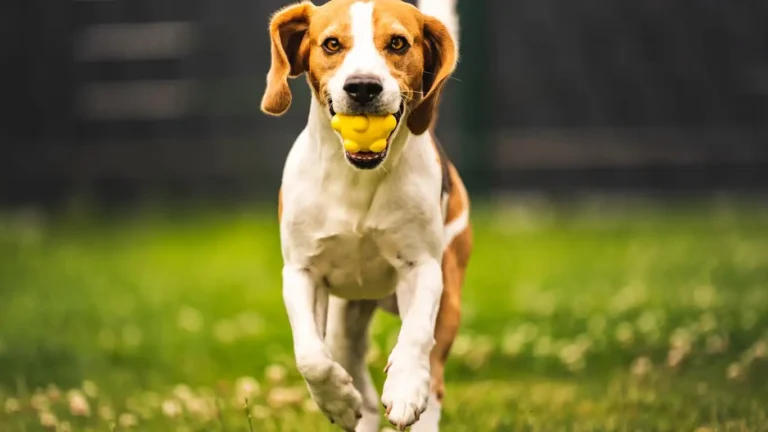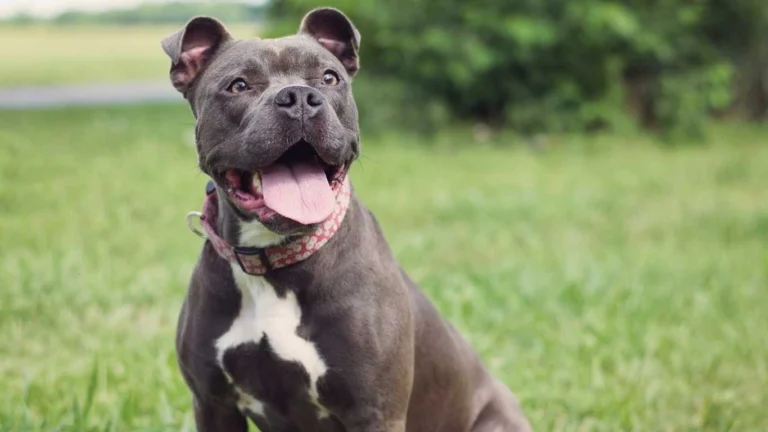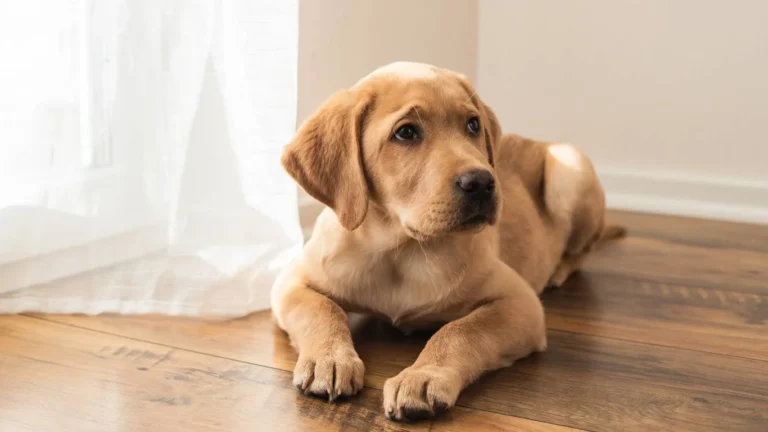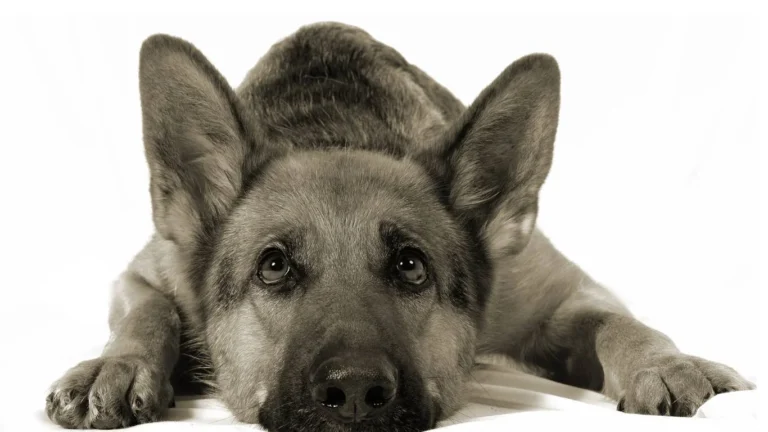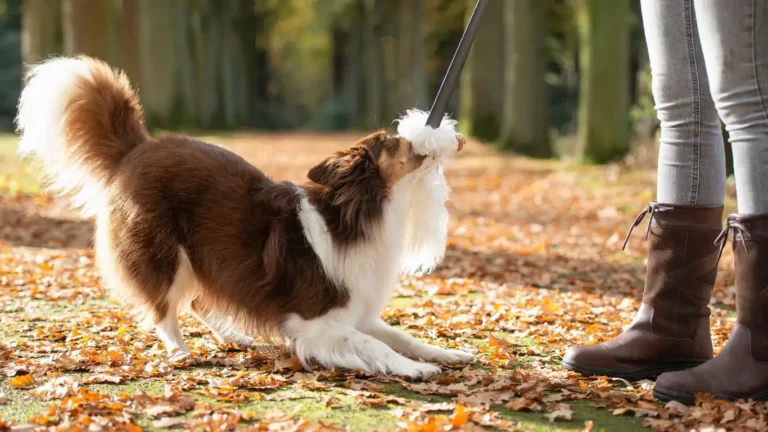Effective Tips to Train Your Dog to Avoid Getting Into the Trash
If you’ve ever come home to find your furry friend rifling through the trash, you know the frustration all too well. Teaching your dog how to train a dog to avoid getting into the trash isn’t just about keeping your home tidy—it’s about safety, boundaries, and respect. As a Canine-Assisted Therapy Trainer, I’ve worked with countless dogs and their humans to tackle this sneaky behavior. It’s surprising how often this problem stems from simple misunderstandings and a lack of clear communication. But trust me, with the right approach, you can put an end to this pesky habit for good.
Why Do Dogs Get Into the Trash?
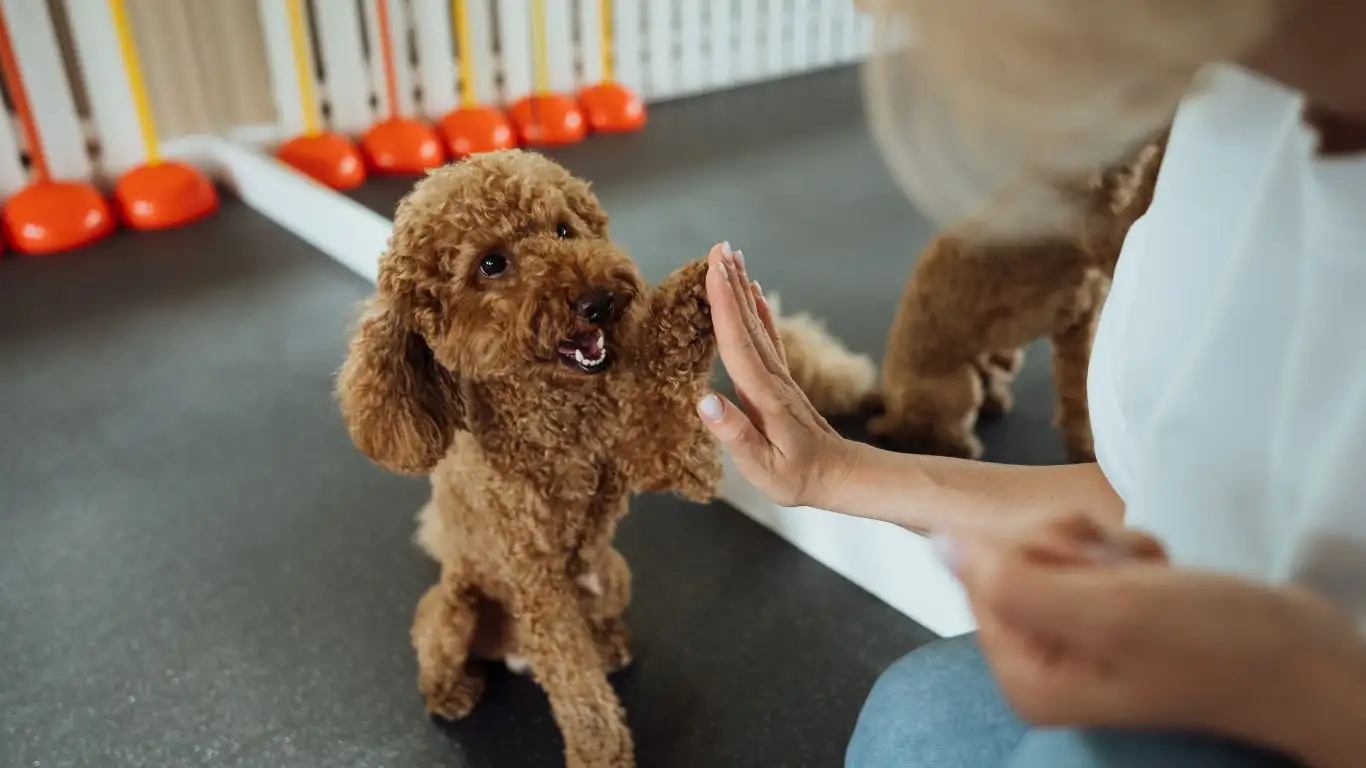
First things first: understanding why your dog is drawn to the trash is crucial. In my years of training, I’ve noticed that dogs don’t just rummage through garbage to be naughty. They’re usually driven by curiosity or instinct. Think about it—trash often smells like food, and dogs have an incredible sense of smell that makes even the most mundane pile of waste smell like a treasure trove.
Here are some common reasons dogs get into the trash:
- Boredom: Dogs left alone with nothing to do might seek entertainment, and the trash can is a tempting “toy box.”
- Hunger or Scavenging Instinct: Some dogs may not be getting enough food or just follow their natural scavenger instincts.
- Attention-Seeking: If sneaking into the trash results in a big reaction from you, your dog might see it as a way to get attention—even if it’s negative.
- Learned Behavior: If a dog has successfully gotten snacks from the trash before, they’re more likely to repeat the behavior.
Knowing the root cause helps us craft the right training plan. Without that understanding, you’re basically throwing random advice at the problem and hoping something sticks.
How to Train a Dog to Avoid Getting Into the Trash: Step One – Management and Prevention
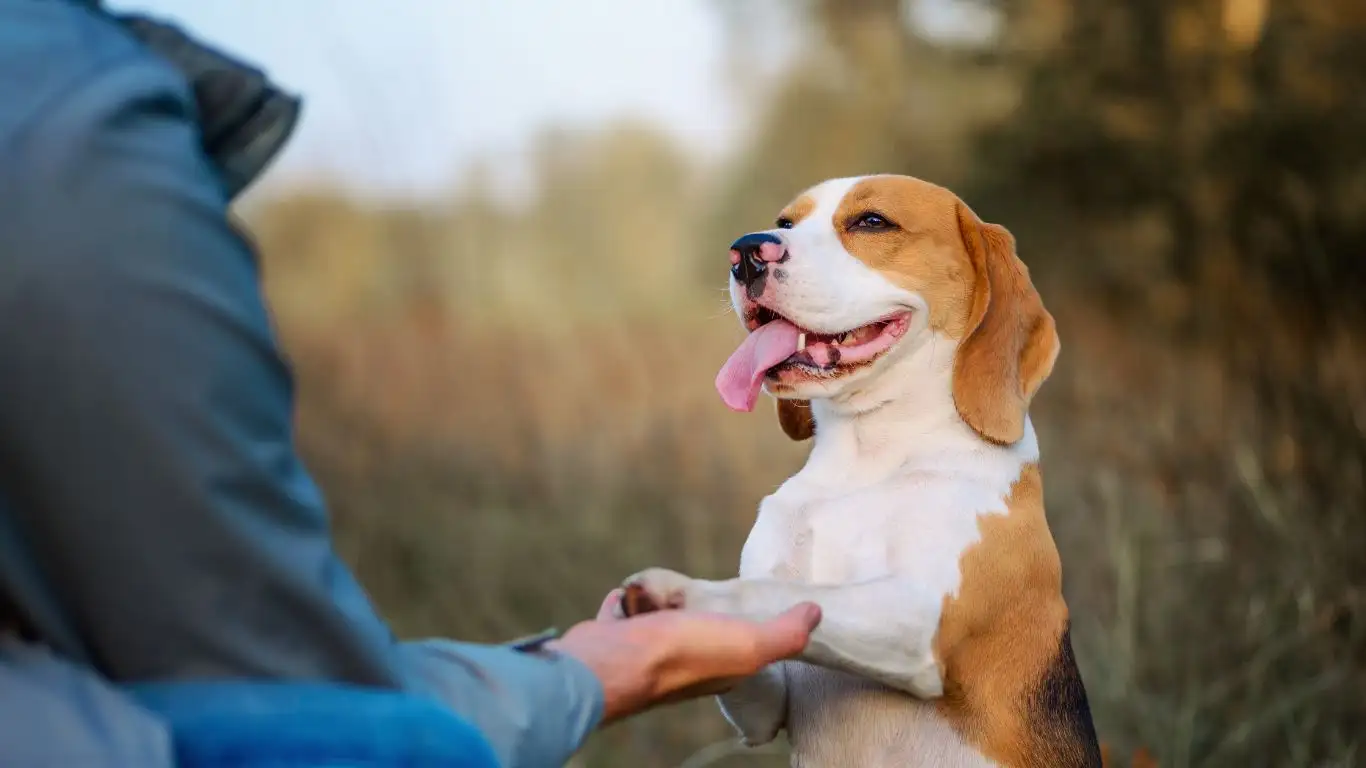
Before diving into the actual training, you want to manage the environment to reduce temptation. In my experience, this is one of the most overlooked but effective steps. You wouldn’t expect a kid to stop grabbing candy if it’s always in reach, right? Same for dogs.
Practical Tips for Managing the Trash
- Use dog-proof trash cans: Invest in cans with secure lids or place the trash can inside a cabinet if possible.
- Move the trash out of reach: If your dog can’t get to it, they can’t rummage through it.
- Remove tempting items: Wrap food scraps in sealed bags before tossing them away to reduce smell and interest.
- Keep your dog mentally and physically stimulated: A tired, content dog is less likely to look for trouble.
Once the environment is under control, the next step is teaching your dog to listen and make better choices.
Building a Foundation: Teaching Basic Commands to Prevent Trash Raids
One of the biggest game-changers I’ve seen with clients is reinforcing simple commands like “leave it” and “stay”. These cues aren’t just useful for trash—they’re the backbone of respectful and safe dog ownership.
Training the “Leave It” Command
Start by offering your dog a treat in one hand and showing them a less desirable item in the other. When they try to go for the tempting item, firmly say “leave it” and reward them only when they pull away. It takes patience but is incredibly effective.
With consistent practice, your dog will learn that ignoring forbidden items leads to better rewards. Over time, you can apply this command near the trash can so they understand that trash is off-limits.
Incorporate “Stay” and Boundary Training
Another useful tool is teaching your dog to stay or respect boundaries around certain areas. For example, you can create a “no-go zone” around your kitchen or trash area and train your dog to stay outside it.
By combining these commands with environmental management, you’ll create a solid foundation that discourages trash raiding behavior. Remember, consistency is key—reward good behavior and redirect or remove temptations whenever possible.
Advanced Techniques: Reinforcing Good Behavior Around Trash
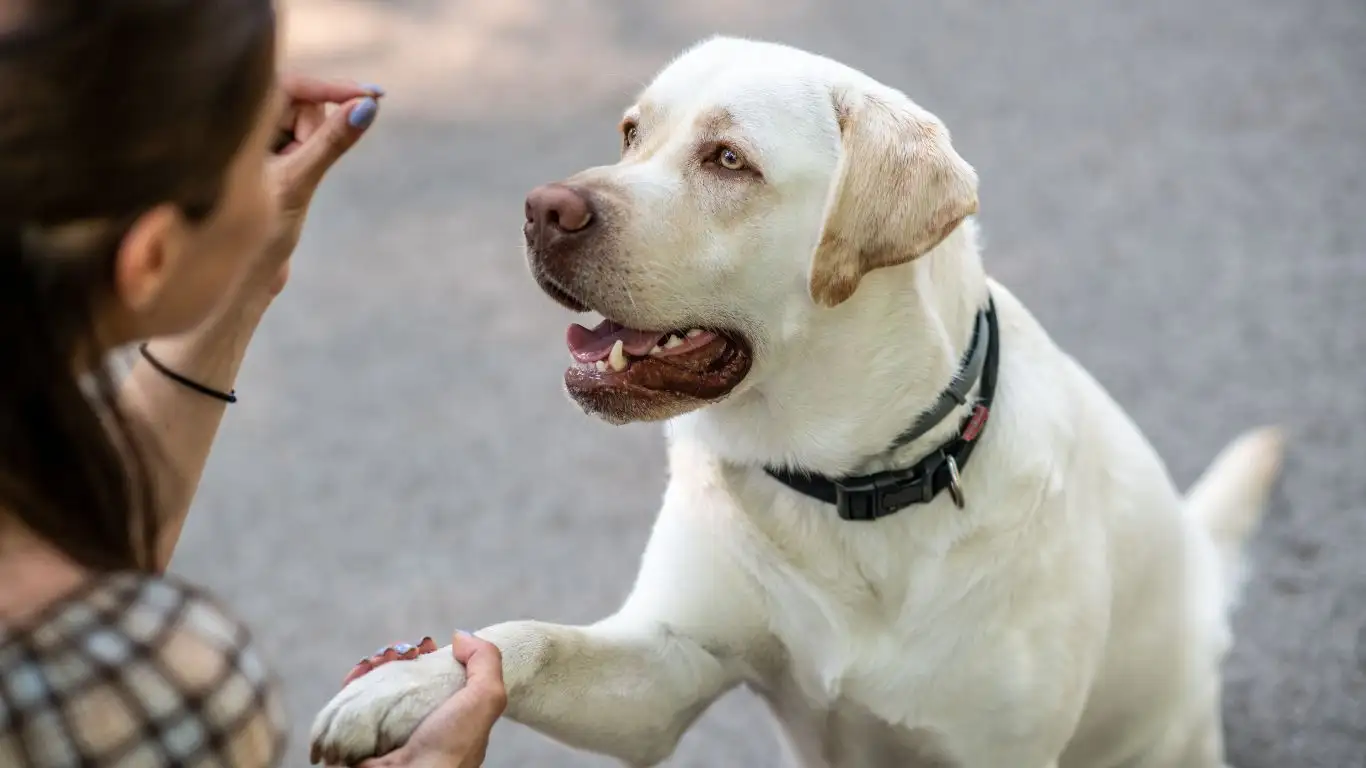
Once you’ve got the basics down with management and simple commands, it’s time to step it up a notch. From my experience working with therapy dogs and their owners, reinforcing good behavior with positive motivation is what truly seals the deal. Dogs thrive on clear expectations and rewards, and when it comes to teaching how to train a dog to avoid getting into the trash, it’s no different.
Using Positive Reinforcement to Shape Behavior
One thing I always emphasize to clients is that punishment rarely fixes the root problem—in fact, it often makes dogs anxious or secretive, which can backfire. Instead, focus on rewarding the good stuff. When your dog chooses to walk away from the trash or responds to “leave it,” offer a high-value treat or enthusiastic praise. You’ll see their motivation skyrocket.
Try to catch your dog in the act of choosing not to get into the trash. It might sound tricky, but with a bit of practice, you’ll start noticing the subtle moments when your dog pauses or resists the urge. Those moments are golden training opportunities.
Practice Makes Perfect: Controlled Trash Access Sessions
Something I’ve found useful is to create supervised “trash sessions.” What that means is you set up a controlled environment where the trash can is accessible but you’re right there guiding your dog’s behavior.
- Place the trash can in an open room but stay close with your dog on a leash or at least in your line of sight.
- Wait for your dog to show interest and immediately cue “leave it” or “no.”
- If your dog obeys and backs away, reward generously. If they try to dive in, calmly redirect their attention.
- Repeat this short session several times, gradually increasing the temptation and duration as your dog improves.
This method mimics real-life temptations and teaches your dog that ignoring trash means rewards, while sneaking in gets no payoff. Over time, these positive associations can really change their mindset.
Addressing Common Challenges in Trash Training
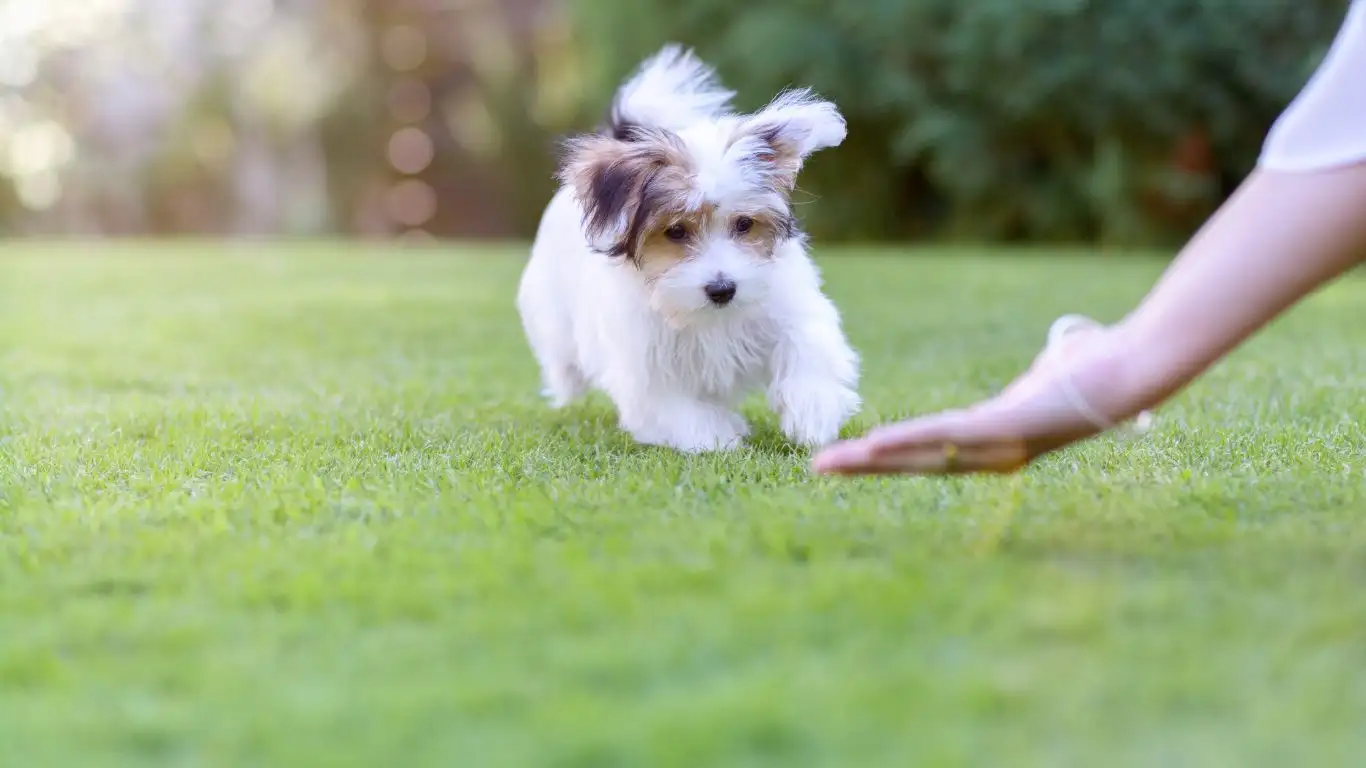
Of course, every dog is unique, and some challenges pop up more often than others. Here are a few common roadblocks I’ve helped clients navigate:
Stubborn or Highly Motivated Dogs
If your dog is particularly food-driven or stubborn, the trash can be *very* hard to resist. In these cases, upping the value of rewards helps. Think of treats that are absolutely irresistible, like small bits of cooked chicken or cheese. Using these during training sends a strong message: ignoring the trash is worth way more than any smelly scrap.
Another trick I use is to incorporate puzzle feeders or interactive toys that keep their minds busy. When your dog is mentally stimulated, they’re less likely to resort to trash digging out of boredom.
Accidental Reinforcement from Family Members
This one sneaks up on a lot of owners. Maybe someone in the family tosses scraps carelessly or unknowingly rewards the dog with bits from the trash (think: a kid dropping food or an adult slipping snacks to calm the dog). Consistency among everyone in the household is critical for success.
I always advise families to have a quick “training huddle” so everyone understands the game plan and the importance of sticking to it. When the whole pack is on board, training moves faster and smoother.
When Your Dog is Anxious or Distracted
Sometimes, trash raids are more about anxiety or stress than simple curiosity. Dogs with separation anxiety, for example, might dig through trash out of nervous energy. If you suspect this is the case, it’s worth consulting a professional trainer or veterinary behaviorist to address the underlying issue.
In my work, I’ve seen great improvements when combining trash training with calming techniques like crate training, exercise routines, and even aromatherapy. The trash behavior often decreases when the dog feels more secure.
Incorporating Fun and Games to Reinforce Boundaries
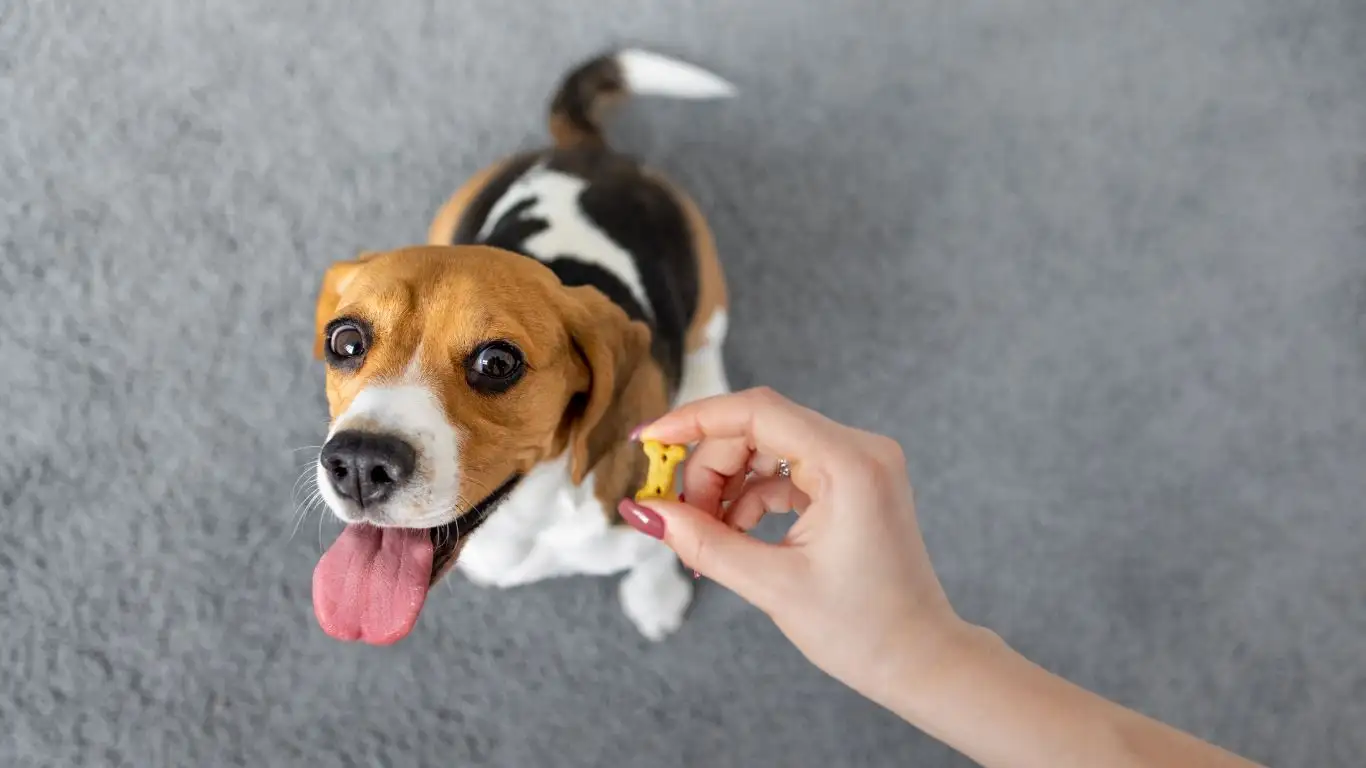
Training doesn’t have to be all serious business. In fact, mixing in some fun games and challenges keeps your dog engaged and eager to learn. Here are some of my favorite ways to make trash training enjoyable:
1. Hide and Seek with Treats
Hide treats around the house (but never in the trash, of course!). This teaches your dog to look for rewards in acceptable places. Over time, it helps build impulse control and redirection skills.
2. Boundary Games
Create imaginary lines or “zones” with tape or cones. Practice teaching your dog to stay out of these zones, then reward them for respecting the boundary. This simulates the idea of staying away from the trash can area.
3. Impulse Control Exercises
Simple games like “wait” before eating or “leave it” with toys reinforce patience and self-control. The better your dog is at these skills, the easier it is to prevent trash raids.
From my experience, making training feel like a team effort and a game really strengthens the bond between you and your dog—and that’s the ultimate win.
Consistency Is Key: Maintaining Long-Term Success
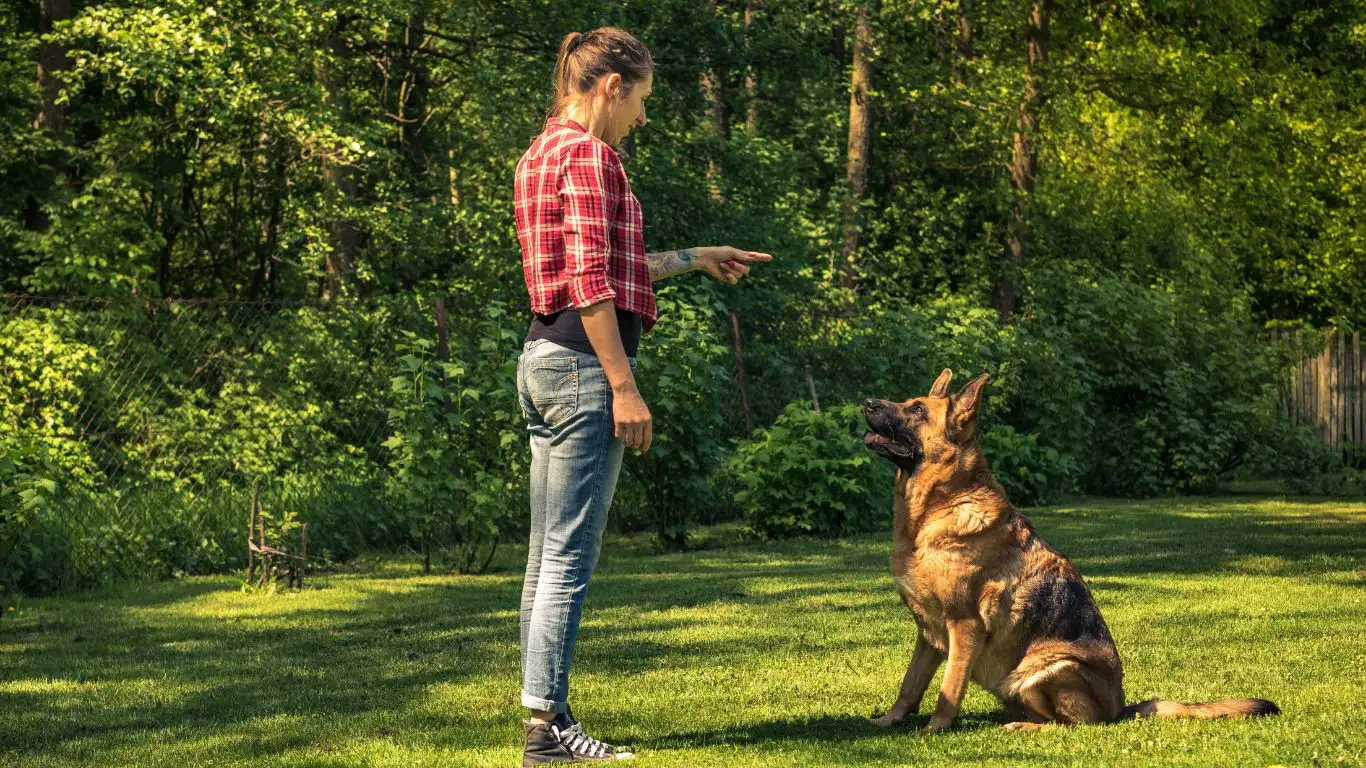
By now, you’ve probably noticed a pattern in everything I’ve shared: consistency is the secret sauce when it comes to training your dog to avoid the trash. From managing the environment to rewarding the right behavior, every step needs to be steady and reliable. Dogs are smart—they pick up on mixed signals faster than we realize.
One thing I always tell my clients is, “Be your dog’s rock.” This means showing up every day, with the same rules, the same commands, and the same expectations. Even if progress feels slow at times, sticking with it builds trust and understanding. It’s much easier to prevent a bad habit than to undo one that’s been allowed to grow.
Daily Habits to Support Your Training
- Keep trash secured: Never let your dog have unmonitored access, especially early in training.
- Practice commands regularly: “Leave it,” “stay,” and impulse control games should be a daily mini-session.
- Offer plenty of physical and mental exercise: A tired dog is a well-behaved dog.
- Watch for slip-ups and redirect immediately: Catching and correcting unwanted behavior early prevents it from becoming habit.
- Communicate with everyone in the household: Make sure all family members are consistent with rules and rewards.
From my experience, when clients commit to these habits, the results last. Dogs start understanding boundaries clearly and feel safer knowing what’s expected.
When to Seek Professional Help
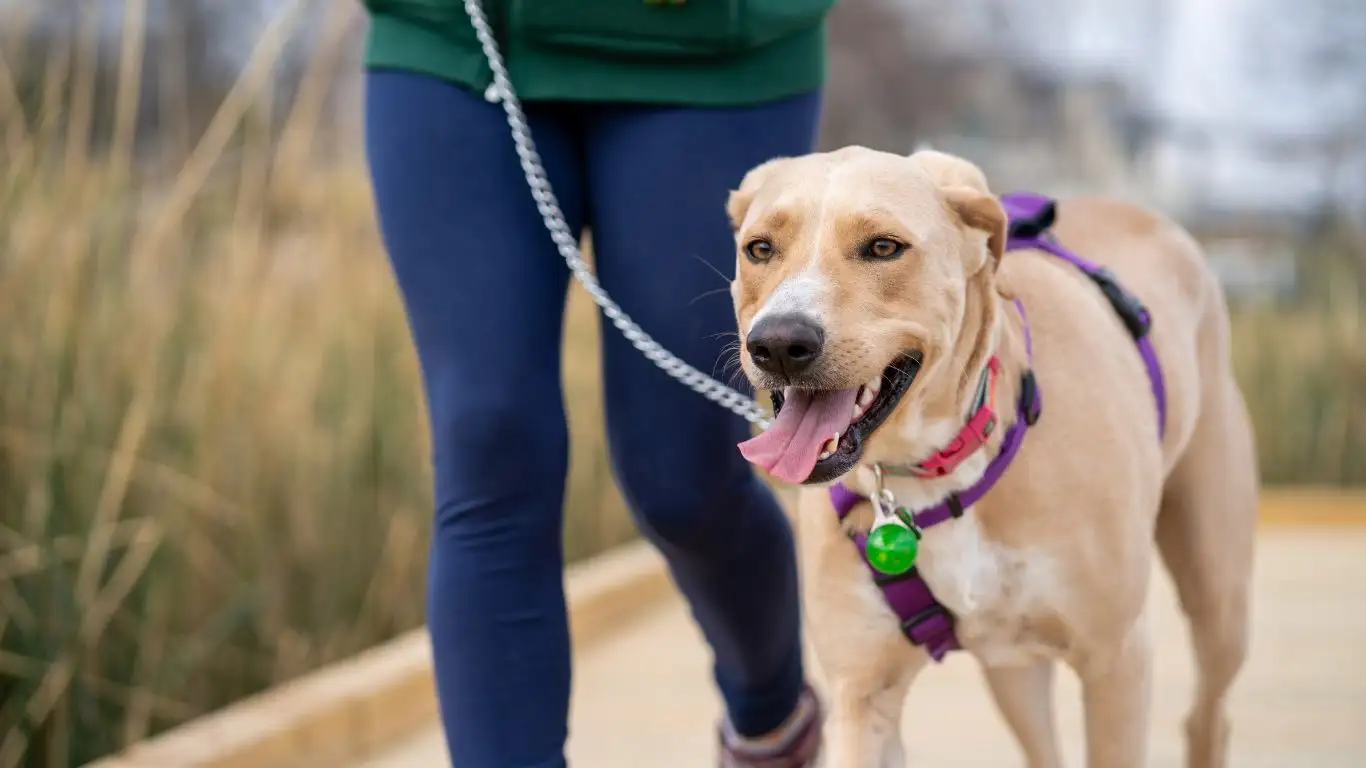
Sometimes, despite best efforts, trash raiding remains a stubborn problem. If you’re feeling stuck, don’t hesitate to reach out for professional help. I’ve seen many cases where a tailored training plan from a qualified trainer or behaviorist makes all the difference.
Here’s when it might be time to call in an expert:
- Your dog’s behavior worsens or escalates: Such as destructive chewing beyond the trash or aggressive guarding of garbage.
- Signs of anxiety or compulsive behaviors: Trash digging may be a symptom of deeper emotional issues needing professional intervention.
- Training plateaus despite consistent effort: A fresh perspective can uncover missed details or better techniques.
- You want personalized guidance: Trainers can work with your dog’s unique personality and your home environment for customized solutions.
Professional trainers often use a combination of behavior modification, enrichment strategies, and clear communication techniques—something I’ve incorporated in my canine-assisted therapy sessions with great success. Don’t be discouraged; sometimes we all need a little help!
Final Thoughts: Building a Strong Relationship Beyond Trash Training
At the heart of learning how to train a dog to avoid getting into the trash lies a bigger picture—strengthening the bond between you and your dog. Training isn’t just about rules or obedience. It’s about trust, communication, and respect. When your dog feels understood and motivated by positive reinforcement, they’re not just less likely to raid the trash—they become a happier, more balanced companion.
I remember one particular dog I worked with—a lively Labrador named Max. His owners were at their wit’s end with his trash antics. By applying gentle, consistent training and a lot of patience, Max not only stopped digging through garbage but became more attentive and calm overall. That transformation is what keeps me passionate about this work.
Remember, every dog has the capacity to learn and grow. With love, consistency, and the right tools, you can guide your pup away from the trash and toward better habits that keep everyone happy.
References
Disclaimer
This article is intended for informational purposes only and does not substitute professional veterinary advice or training tailored to your dog’s specific needs. Always consult with a qualified dog trainer or veterinarian if you have concerns about your pet’s behavior or health.
